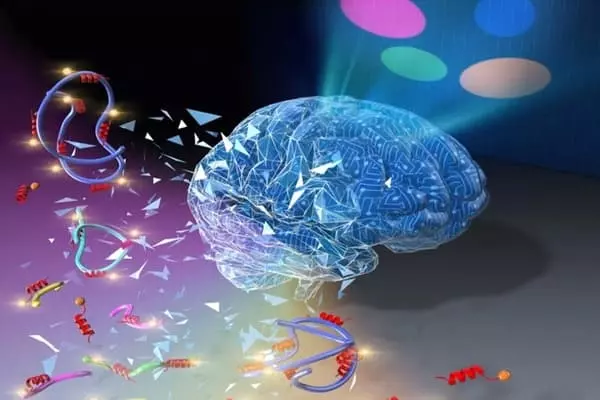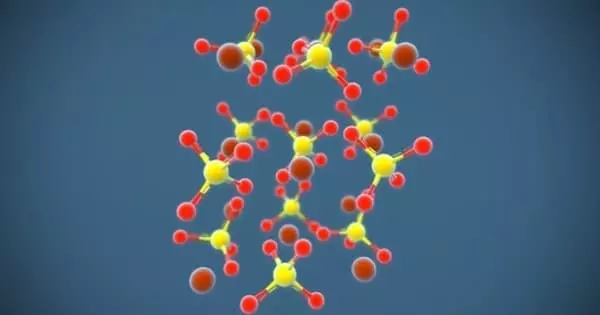Water monitoring technologies are widely used to detect contaminants in a wide range of water ecology applications, including water treatment plants and water distribution systems. Over the last few decades, a tremendous amount of research has been conducted in order to develop robust and efficient techniques for contaminant detection with the least amount of operating cost and energy. Recent advances in spectroscopic techniques and biosensor approaches have increased detection sensitivities both quantitatively and qualitatively.
Scientists at the Tokyo Institute of Technology have developed a peptide sensor to detect water-soluble polymers in wastewater, a major contributor to pollution on par with microplastics. The new method uses the bonding that occurs between peptides and different polymers to train a machine learning algorithm capable of identifying and quantifying a large number of pollutants in a single solution.
Plastic pollution in the ocean is a growing global concern, threatening everything from dying coral reefs to declining fish populations. Much of the recent discussion about plastic pollution has centered on microplastics, which are tiny pieces of plastic that are extremely difficult to remove from water. However, there is growing concern about water-soluble synthetic polymers as a source of marine pollution, particularly the risks they pose to soil and water environments. Because they are water-soluble, they cannot be recovered using standard filtration techniques. It is critical to developing alternative methods for removing these pollutants. Understanding the precise nature of the water-soluble polymer pollutant, as well as quantifying its amount in wastewater, has thus become a focus for researchers.
Our method is based on a machine learning pattern analysis that is similar to mammalian odor and taste discrimination. Just as our noses and tongues can detect a wide range of odors and tastes using a small number of receptor proteins, our single peptide sensor can detect a wide range of polymers and other molecules.
Professor Takeshi Serizawa
Polymers are long chemical chains composed of much smaller, repeating units. Proteins, though rarely associated with the term, can be thought of as polymers because they are made up of thousands of subunits known as ‘amino acids.’ Peptides are short chains of these amino acids. Peptides can have specific and non-specific interactions with molecules such as polymers in a variety of ways and with varying degrees of affinity. Researchers from the Tokyo Institute of Technology (Tokyo Tech) used these interactions in a new study published in ACS Applied Materials & Interfaces to develop a new peptide sensor for the identification of water-soluble polymers in mixed solutions.
“Our method is based on a machine learning pattern analysis that is similar to mammalian odor and taste discrimination. Just as our noses and tongues can detect a wide range of odors and tastes using a small number of receptor proteins, our single peptide sensor can detect a wide range of polymers and other molecules” says the study’s director, Professor Takeshi Serizawa.

The technique is based on a peptide that binds to a synthetic polymer called poly(N-isopropylacrylamide) (PNIPAM). They then inserted a fluorescent ‘tag’ called N-(1-anilinonaphthyl-4)maleimide (ANM) into the peptide to aid in the detection of signals for the peptide’s various interactions. The fluorescence of ANM varied depending on the protein interaction, resulting in a detectable signal.
The researchers measured the signals from ANM in known solution concentrations of different polymers and used them to train a supervised machine learning algorithm called ‘linear discriminant analysis.’ They then tested their technique on unidentified samples and discovered that the sensor and algorithm could detect polymers in mixed solutions. Furthermore, after adding small amounts of ethanol or sodium chloride to the solutions to slightly alter the chemical interactions, the machine learning algorithm was able to distinguish between polymers with similar properties. Finally, they tested the new peptide sensor and algorithm on actual wastewater and confirmed its ability to detect different water-soluble polymers.
“Our technique can not only detect dissolved macromolecular pollutants like polymer in water, but it can also analyze how they enter the environment,” says Dr. Serizawa. The research team intends to apply the method to other peptides and polymers in the future. With such powerful research to guide the way, restoring and protecting our marine environments could become a reality very soon!
Small-molecular targeting peptides have biocompatibility, affinity, and specificity, making them useful in molecular recognition and detection. Furthermore, peptides can be synthesized into highly ordered supramolecular assemblies with increased binding affinities, diverse functions, and enhanced stabilities suitable for the development of biosensors.





